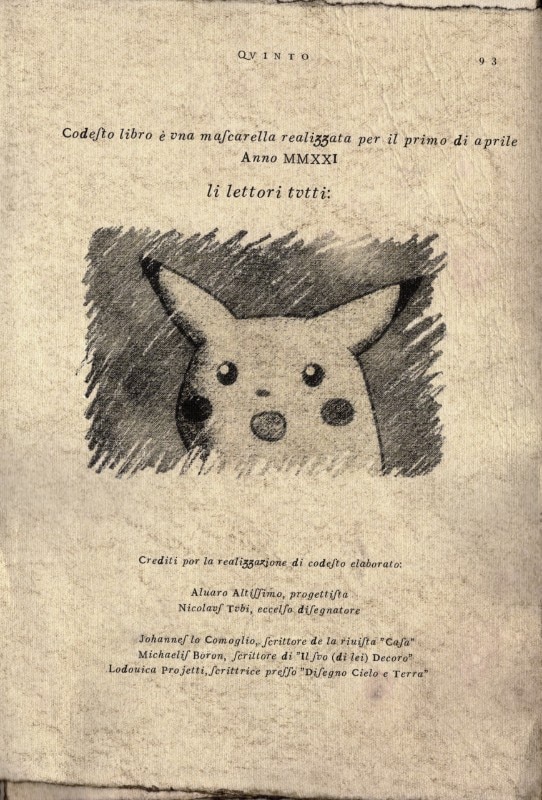Some completely unexpected news might soon be stirring the spheres of architectural humanities. A printed volume dating back to late 16th century has been found inside an attic in the Italian city of Vicenza, a Quinto Libro dell’Architettura di Andrea Palladio (Fifth book on Architecture), that the Venetian Renaissance master might have completed around 1580, being prevented from achieving final publication only by the master’s sudden death.
From this book we learn about Palladio’s intentions to expand his activities outside the borders of the Venetian realm, answering the request of three families who were intending to affirm their increasing power on the city of Milan, by having their houses designed and built by the celebrated author of the Malcontenta.

Such relevant news could widely question what has been written — and built — around the legendary age of architectural Treatises. Upon request for an informal consultation, two Italian scholars have immediately oriented our attention on the context of such edition, and its analogies with coeval and previous works. Architectural historian Chiara Covangeli remarked “how incredible it looks to be consulted, in 2021, for the evaluation of such a finding. Some kind of skepticism had made us hold back at first, attributing the work to some zealous pupil of Vincenzo Scamozzi. The attention to proportions, nonetheless, to a philological reconstruction of details, the handwriting of side notes can make an attribution to the Master’s hand highly credible. Scholar Franziska Ottobirag has instead stressed the relevance of an evident continuity and circulation of models: “Also in this Fifth Book Palladio — or whoever in his stead — confirms as a careful reader of Leon Battista Alberti, but not just of De Re Aedificatoria: his extremely refined topographic approach is clearly influenced by the Descriptio Urbis Romae. Such discovery, should it be confirmed, would cast a new light on the cultural spectrum of Palladio himself, as well as on the circulation of Alberti’s work in the connoisseurs’ circles of that time.”

The content of this Fifth book is undergoing thorough research, and it undoubtedly marks the beginning of a period characterized by impressive news, about which no update will be missed.
It is also the result of the most recent efforts by Alvar Aaltissimo and Niki Tubi. Aaltissimo wanted this announcement to be the occasion to wish all readers a happy First of April.
The great historical and theoretical knowledge of Chiara Velicogna and Francesca Garibotto belongs instead to the most real reality, and special acknowledgment goes to these two young scholars and professionals, for increasing so impressively the credibility of the Palladio-that-might-have-been or, more precisely, the Palladio-that-never-was.

Besenzoni brings sea reflections to the Fuorisalone
An installation for Milano Design Week 2025 celebrates the experience of sailing between open sea and light, made unique by the innovative character of the Manta helm seat.

















